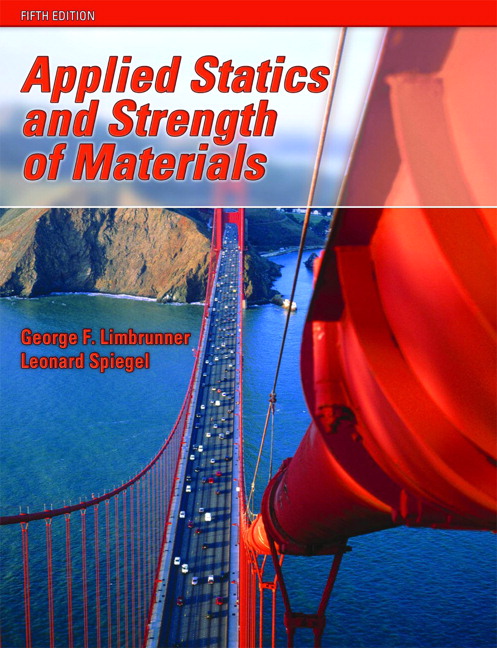A method of representing measured data from large open chaotic systems subject to error as collections of threads of plausible pseudo future histories is described in this paper which provides asymptotically consistent predictive distributions, allows variable selection, is easily updated to improve the predictions and which allows examination of conditional scenarios along the future history for planning purposes. The method is tested for learning and variable selection by examining its behavior in predicting 9 years across 4 seasons of climate variables, including local temperature and rainfall measurements at two locations, predicting up to 4 seasons ahead. Although the main focus is on predicting precipitation, any of the measurements show some capability of being predicted, even the sunspot measurement that is clearly just inputting information into the other variables. This suggests that learning tapestries provide ways to not only predict open chaotic systems, but to use such systems to measure the dynamics of the systems they are coupled to.
翻译:暂无翻译




